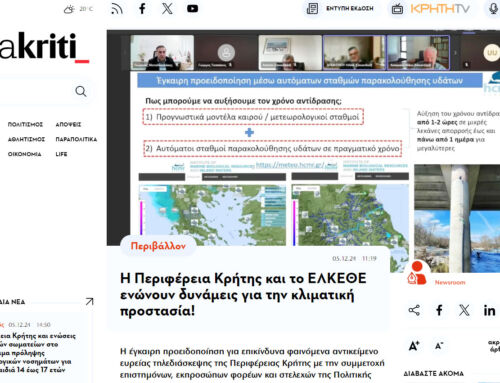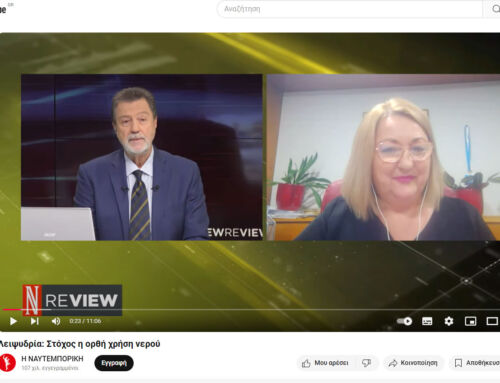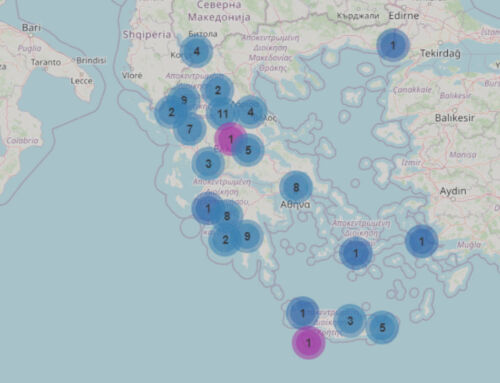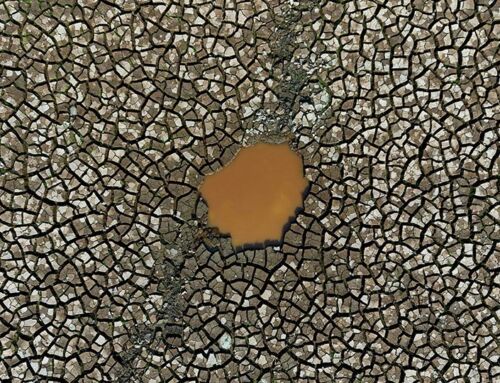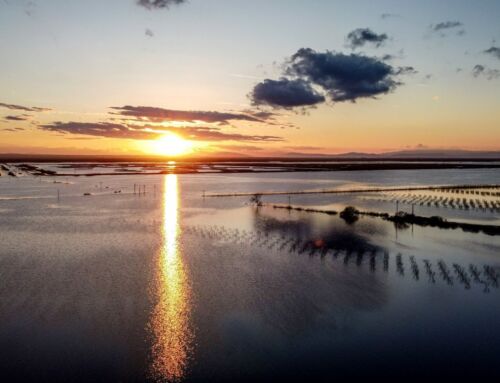Giannoulaki: What species do we refer to by the term marine megafauna and which are the main threats for these species.
The term marine megafauna refers to species of large size (body weight >45 kg) that inhabit either coastal ecosystems or the open sea and include fish, elasmobranchs (sharks, rays, rays), mammals (whales, dolphins, seals), reptiles such as sea turtles. It is a fact that in the Greek seas we have 9 species of permanent residents of marine mammals, the Mediterranean seal, the bottlenose dolphin, the striped dolphin, the common dolphin, the gray dolphin, the blow whale, the humpback whale, the bottlenose dolphin and the porpoise. Also 3 species of sea turtles, the loggerhead, the green turtle and the leatherback turtle. These species are threatened by predators and diseases but also by various anthropogenic factors. The latter are related to fishing, pollution, noise in the marine environment, collisions with ships, climate change and depending on the species and coastal development.
Fishing affects either indirectly due to the reduced availability of food, or because as they prey on fishing gear in search of food they are bycatch or unfortunately they can also be killed intentionally due to the damage they cause to fishing gear.
Stranding incident it is the case that an animal is stranded ashore, dead or alive. Many times the cause of eructation is not visible, for example it can be due to starvation, swallowing a large amount of plastics or some illness. The diagnosis, however, requires sampling of biological material by a veterinarian and a series of tests, and often this is not possible. It should be mentioned here that almost 70% of marine megafauna strandings are recorded as unknown cause of death. Regarding the injured animals, the injury can be the result of a collision with a vessel, a very common cause especially in sea turtles, it can be an injury from a fishing gear in which the animal was caught, for example, in nets or lines whether it is intentional injury.
There is special reference to species that are characterized as endangered by IUCN such the Mediterranean monk seal, the common dolphin and the common porpoise. Moreover, the article refers to species that are more susceptible by accidental capture in fishing gear in the Greek seas and to areas are most likely to have interaction based on strandings data analysis. Also the project “Addressing the interaction between small-scale coastal fisheries and marine megafauna in Greece” funded by MAVA foundation in collaboration with WWF Greece and the Aristotle University of Thessaloniki is presented briefly focusing on the economic loss of small-scale fishermen due to damage to fishing gear and loss of catches from marine megafauna species. The solution to the incidental catch and the aggressive behavior of the fishermen can only be provided through a national action plan that will include both technical measures to avoid bycatch such as repellence devices, avoiding the use of specific gears or using alternative practices or even avoiding fishing areas where the interaction is more intense along with compensation measures for income loss.+

